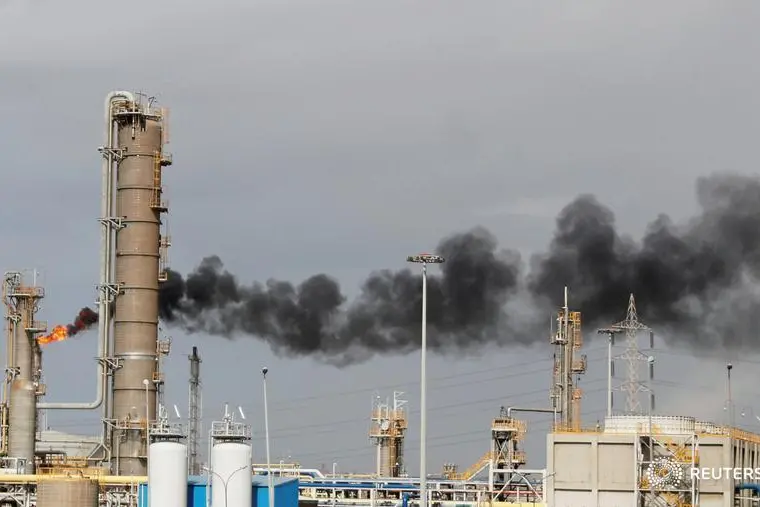ExxonMobil subsidiary applies for Environmental Impact Statement
Oil giant ExxonMobil is currently seeking the US Environmental Protection Agency’s (EPA’s) approval for the gas-to-shore pipeline, which its Environmental Impact Assessment (EIA) says will have a lifespan of 25 years.
According to the project documents submitted by Esso Exploration Production Guyana Limited (EEPGL), Exxon’s local subsidiary, the estimated US $900 million project will have a start-up date in 2024 and will have a lifespan of at least 25 years until it is decommissioned.
The project life cycle, the application stated, will include engineering, construction, commissioning, operations and decommissioning. The engineering phase will include design, front-end engineering and design (FEED) and detailed engineering. The construction phase will include procurement, fabrication and construction, installation, commissioning and start-up.
“Operations will follow commissioning and start-up, and will be the longest phase of the project with a duration of at least 25 years. Start-up of the facilities is expected to occur in 2024,” the EIA states.
It was further explained in the EIA that the offshore pipeline installation will be conducted simultaneously with the onshore installation of the pipeline and works at the natural gas liquids (NGL) plant.
The installation will see Exxon laying approximately 220 kilometres of pipe from the Liza Destiny floating production, storage and offloading (FPSO) vessel to the gas plant which will be located at Wales on the West Bank of Demerara (WBD). However, initially the pipeline will land at Crane on the West Coast of Demerara (WCD).
The EIA says the offshore pipeline installation phase of the project will employ approximately 300 workers at its peak. However, it was explained that this is a preliminary estimate that depends on construction/installation and support vessels.
Meanwhile, the onshore pipeline installation phase will employ approximately 100 workers at its peak. The construction of the NGL plant will see 300 workers employed at its peak. Following commissioning, 25 workers will be employed during the operation aspect of the project, with that number doubling during decommissioning.
“The project is in the initial stages of planning and design, and detailed estimates of workforce requirements have not yet been developed. Preliminary workforce estimates are provided …,” the EIA states.
“These estimates will be refined following selection and contracting for the offshore and onshore scopes of work. The estimated peak construction workforce will be on the order of 600 persons or less, with accommodation needs served by existing lodging in the greater Georgetown area.”
The gas-to-shore project is a transformative project that will see gas from the Liza Field offshore Guyana being pumped onshore to generate power. The main objective of the initiative is to transport sufficient gas from the Stabroek Block’s petroleum operations to supply some 200-250 megawatts of energy to the national grid, leading to a significant reduction in electricity cost.
Industrial development
President Dr. Irfaan Ali had previously said the gas-to-shore pipeline would lead to “big industrial development taking place there that is linked to not only power generation and a power plant.” He also said the investment on the Demerara River’s shoreside would create massive opportunities and a trickle-down effect.
Soon after the government issued permit licences to Exxon for the Payara Development Project last year, Vice President Bharrat Jagdeo had announced that the government would turn its attention to negotiating the gas-to-energy project.
A number of factors, including geotechnical, geophysical and environmental, were examined before Jagdeo announced recently that the government had settled on Wales to land the pipelines for the project.
Meanwhile, Prime Minister Mark Phillips, who has responsibility for the energy sector, had previously said the government was looking to produce 200 megawatts of power from the gas-to-shore project by 2024.
Exxon has said that around 30 to 35 million cubic feet of natural gas will be required for the gas-to-shore project. Data from Norwegian research company Rystad Energy had indicated that less than 20 per cent of the 1.8 billion barrels of oil equivalent (BOE) discovered last year was gas.
.
Published: 28-06-2021














